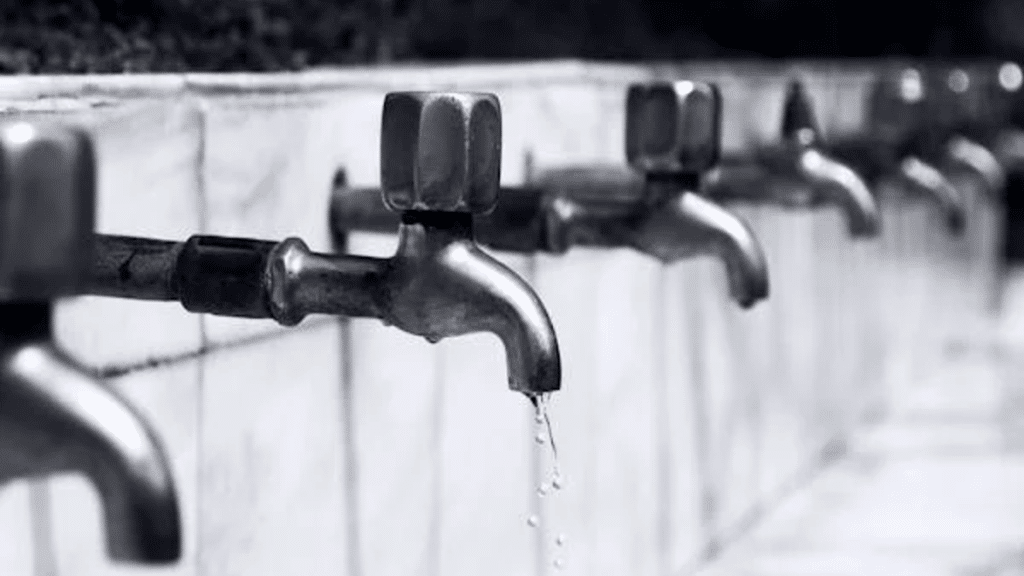There are many aspects of maintenance that every residential and commercial property owner should partake in seasonally or annually. Various aspects of maintenance are essential to keeping your property safe, clean, and hygienic.
One of the most significant maintenance tasks that need to be done is backflow testing. When there’s an issue with backflow prevention in your business, you may need to call an emergency plumber as ignoring this issue can result in health risks. What is backflow prevention? How often should this issue be tested for who can do it? Keep reading for the answers to these questions and more.
What is Backflow?
Most Australians are well aware of backflow and why preventing it is crucial. For the unversed, backflow refers to dirty, contaminated water that flows backward into the clean drinking water supply. This means that when you open a tap, dirty water will flow out.
In most instances this happens in the public water distribution system and can affect the supply on your residential or commercial property when portable and non-portable water pipes meet via cross connections.
Understanding How Backflow Happens
While you may think that all the water in your pipes is sanitised and clean, you may be surprised to learn that it’s not uncommon for pesticides, traces of waste, and harsh chemicals to get into the water supply. If the water flows back or even through the pipes, the bacteria can affect the clean water that should flow through there.
There are usually two very common ways that contaminated water can create backflow in your plumbing. These are listed as:
- Back siphonage: A sudden drop in water pressure in some sections of the plumbing can create back siphonage. A failure in the main water pump or a broken main water line can cause dirty water to be sucked into the clean water.
- Back pressure: This happens when there’s a reversal of the water pressure in non-portable water sources such as coolers, heaters, disposal systems, and boilers. As soon as clean water comes in contact with any space where dirty or contaminated water has been will result in bacteria being introduced into the clean water. In some cases, you may not see actual dirty water coming out of the tap, you won’t know if the water has come in contact with bacteria.
Backflow Can be Prevented with a Simple Device
If you’re not too familiar with the backflow testing concept, you’ll be surprised to learn that commercial buildings should have a backflow device installed into the main water pipe. This device will prevent water from flowing in the wrong direction and back into your pipes. For the most part, residential spaces don’t need this device because the water pressure is too low.
Testing is More Important than You Think
Backflow can easily be detected when you have your water pipes routinely tested. In addition to annual inspections, a qualified plumber will ensure that the necessary components are in working order within the plumbing system. We’ve gathered the most common reasons why backflow testing and prevention is a crucial part of any commercial business maintenance checklist.
1. It’s the Law
The number one reason to have your backflow tested annually is that it’s Australian Legislation to perform this test every 12 months. These results then need to be submitted to the local water authorities. Backflow prevention and component testing are performed by skilled plumbers and form part of a preventive maintenance plan.
2. Prevents Contaminated Water
Contaminated water contains harmful pathogens and bacteria that can cause waterborne illnesses. Some of these can be life-threatening and can result in severe illness or even death. The most common of these include the following:
- Salmonella
- Cholera
- Shigella
- E.coli
Having a working backflow device installed will reduce the risk of contaminated water flowing backward into your water pipes.
3. Backflow is Invisible
You might think you’ll deal with a potential backflow issue if and when it happens. However, the bacteria left behind by backflow is mostly invisible. That means that unless the water is dirty when it flows out of your tap, you won’t see it in seemingly clear water. This can result in extensive contamination before it’s eventually detected.
4. Can Affect Community Water Systems
If your commercial plumbing is linked to the main water system, there’s an increased risk that the contaminated water in your pipes can spread to the communal water supply. When contaminated water enters the main supply, it won’t only be your employees who are exposed to dirty water. This can easily result in a water-borne illness outbreak, which you can be held liable for.
Final Thoughts
No company owner wants anyone working or visiting their commercial property or business to become ill or infected as a result of contaminated water. You can avoid this by speaking to your local plumber about backflow testing and prevention.
Scheduling a yearly maintenance plan will ensure that your plumber remembers even when you don’t. Not only will you be keeping your commercial property compliant, but you will also have peace of mind that anyone can safely drink or use the water on your property.


